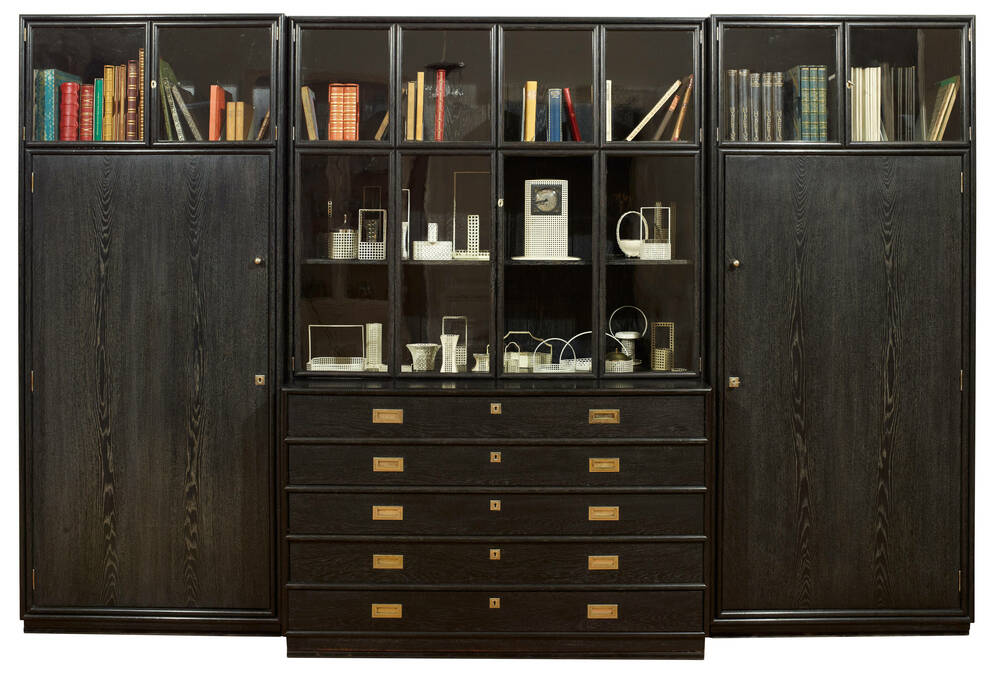
Leopold Museum,
Vienna
Vienna


Large Closest from Klimt’s Studio
1903
(Pirnitz 1870–1956 Vienna)
If you have further information on this object, please contact us.
For provenance related information, please contact us.
2023/2024 Partial funding for digitization by the Federal Ministry for Arts, Culture, the Civil Service and Sport „Kulturerbe digital“ as part of NextGenerationEU.

